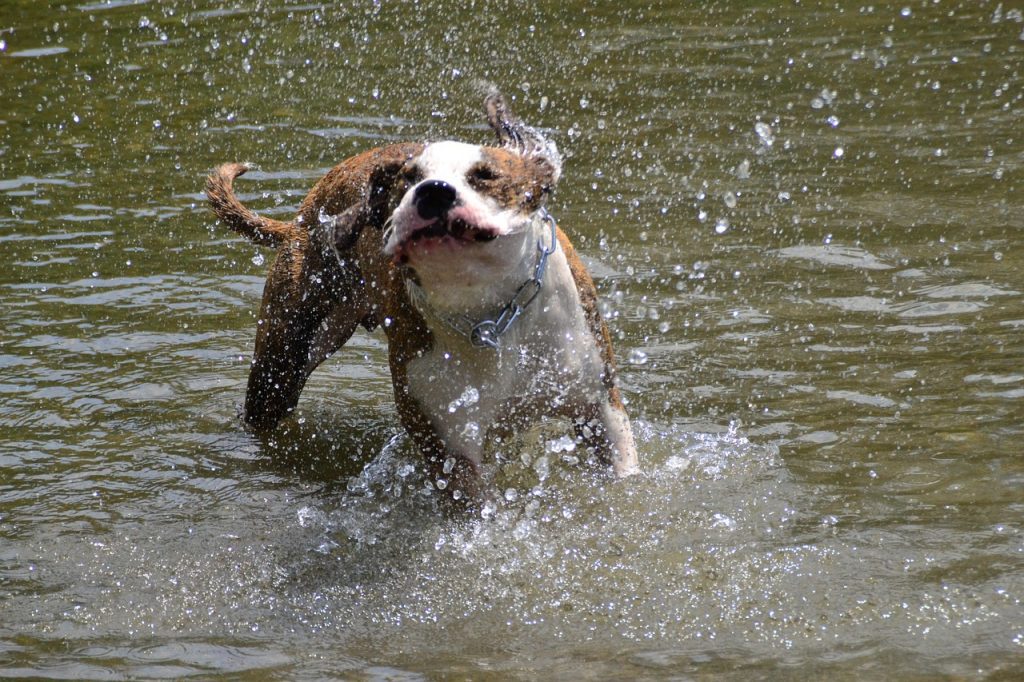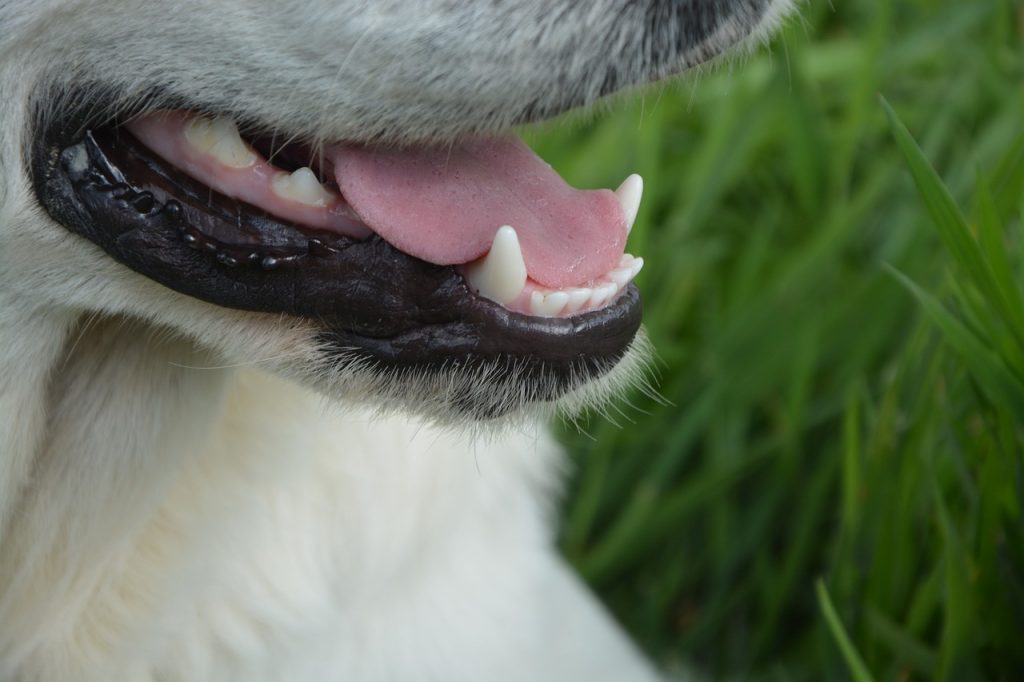Dogs are incredible pets, and they offer us companionship, loyalty, and love. But with all that love comes a lot of work. One of the most important aspects of maintaining a healthy and happy dog is keeping them clean and fresh. While some dogs are easier to keep clean than others, all dogs require some level of grooming and cleaning to keep them healthy and happy. In this article, we will share five easy ways to keep your dog clean and fresh. Whether you are a new dog owner or a long-time pet parent, these tips will help you maintain your dog’s hygiene and ensure that they look and feel their best.
1. Regular Brushing and Grooming
As a dog owner, it is crucial to keep your furry friend clean and well-groomed. Regular brushing and grooming not only help maintain your dog’s appearance but also promote good health. Here are some tips for proper brushing and grooming techniques to keep your dog looking and feeling great.
Brushing Techniques
Brushing your dog’s coat removes loose hair, dirt, and debris and prevents mats from forming. Start by choosing the right brush for your dog’s coat type – for example, a slicker brush works well on long-haired breeds, while a rubber brush is ideal for smooth-coated dogs. Be gentle and use long strokes, brushing in the direction of hair growth. Don’t forget to brush your dog’s belly, legs, and tail.
Grooming Tools You Need
Invest in some quality grooming tools, such as clippers, scissors, and nail trimmers. Regularly trimming your dog’s nails is essential for their comfort and health, as long nails can interfere with their ability to walk and cause pain. You can also consider using grooming wipes to keep your dog’s paws clean and fresh between baths.
2. Bathing and Drying Techniques
Bathing is an essential part of dog grooming, but it’s crucial to do it correctly. Here are some tips for bathing and drying your dog effectively.


How Often to Bathe Your Dog
The frequency of bathing your dog depends on their breed, coat type, and level of activity. Generally, most dogs need a bath every 3-4 months, but some breeds may require more frequent bathing. Always use lukewarm water and a dog-specific shampoo to avoid irritating your dog’s skin.
Choosing the Right Shampoo
Choose a shampoo that is gentle yet effective. Avoid using human shampoos, as they can dry out your dog’s skin and coat. Also, if your dog has any skin conditions like allergies or dry skin, speak to your vet about recommending a specialized shampoo.
Drying Your Dog
Once you’ve finished bathing your dog, use a towel to remove excess water, then blow-dry their coat. Use a low heat setting and keep the dryer moving to avoid overheating or burning your dog’s skin. Alternatively, you can let your dog air dry, but be sure to keep them warm and dry during the process.
3. Cleaning Ears and Teeth
Keeping your dog’s ears and teeth clean is essential for their overall health and well-being. Here’s how to do it right.
How to Clean Your Dog’s Ears
Use a cotton ball or ear-cleaning solution to gently wipe the outer ear flap and canal. Don’t use cotton swabs, as they can push debris further into the ear and cause damage. If you notice any redness, swelling, or discharge, contact your vet.
How to Brush Your Dog’s Teeth
Brushing your dog’s teeth helps prevent gum disease, tooth decay, and bad breath. Use a dog-specific toothbrush and toothpaste and be gentle when brushing. Gradually increase the time spent brushing as your dog gets used to the process.


4. Maintaining Healthy Skin and Coat
A healthy skin and coat are crucial for your dog’s overall health. Here are some tips for promoting a healthy coat.
Nutrition for Healthy Skin and Coat
Feed your dog a balanced diet rich in essential fatty acids, vitamins, and minerals. Foods like salmon, sweet potatoes, and carrots are excellent sources of nutrients that promote healthy skin and coat.
Supplements for Healthy Skin and Coat
Supplements like fish oil and omega-3 fatty acids can also promote a healthy coat. Speak to your vet about the right supplements for your dog and the correct dosage.
5. Preventing and Treating Fleas and Ticks
Keeping your dog clean and fresh is not just about maintaining their appearance. It’s also important for their overall health and well-being. One of the biggest threats to your dog’s health is fleas and ticks. These pests can cause major discomfort and even lead to diseases. Here are some easy ways to prevent and treat fleas and ticks.
Flea and Tick Prevention Methods
Prevention is always better than cure. There are several effective methods to prevent fleas and ticks from infesting your dog. One simple method is to keep your dog’s environment clean. Vacuum your carpets and wash their bedding regularly. This will help eliminate any fleas or ticks that may be lurking around.
Another effective method is to use flea and tick preventatives, such as collars, sprays, or topical treatments. These products are designed to kill and repel fleas and ticks, keeping your dog protected for several weeks or even months.
Treating Fleas and Ticks
If your dog already has fleas or ticks, it’s important to act quickly. These pests can quickly multiply and cause major discomfort to your dog. There are several treatment options available, including flea and tick shampoos, sprays, and powders. These products are designed to kill the pests and their eggs.
If your dog has a severe infestation, you may need to consult a veterinarian for stronger treatments. It’s also important to treat your home and yard, as fleas and ticks can lay eggs in these areas and continue to infest your dog.
Remember, prevention is always better than cure when it comes to fleas and ticks. By keeping your dog clean and using preventative methods, you can avoid the discomfort and potential health risks associated with these pests.By following these easy tips, you can keep your dog clean, healthy, and looking their best. Regular grooming, bathing, teeth and ear cleaning, and nutrition are essential to your dog’s overall well-being. With a little effort and care, your furry friend will not only look great but feel great too. Remember, a clean dog is a happy dog!
FAQs
How often should I bathe my dog?
It really depends on the breed of your dog and their lifestyle. A good rule of thumb is to bathe your dog every three months. However, if your dog is active and spends a lot of time outdoors, you may need to bathe them more frequently. Over-bathing your dog can strip their coat of natural oils, so be sure to consult with your veterinarian to determine the best bathing schedule for your dog.
What tools do I need for grooming my dog?
The tools you need for grooming your dog depend on their breed and coat type. At a minimum, you will need a good quality brush, a comb, and nail clippers. Dogs with longer hair may require scissors or clippers. If you are unsure what tools you need, consult with a professional groomer or veterinarian.
How can I prevent fleas and ticks on my dog?
Preventing fleas and ticks on your dog is essential for their health and well-being. There are several ways to prevent fleas and ticks, including using flea and tick medication, keeping your yard clean and free of debris, and regularly grooming and checking your dog for fleas and ticks. Be sure to consult with your veterinarian to determine the best flea and tick prevention plan for your dog.
Is it necessary to clean my dog’s ears and teeth?
Yes, cleaning your dog’s ears and teeth is essential for their overall health and well-being. Dirty ears can lead to infections and other health issues, while poor dental hygiene can lead to tooth decay, gum disease, and other health problems. Be sure to consult with your veterinarian to determine the best ear and teeth cleaning routine for your dog.


